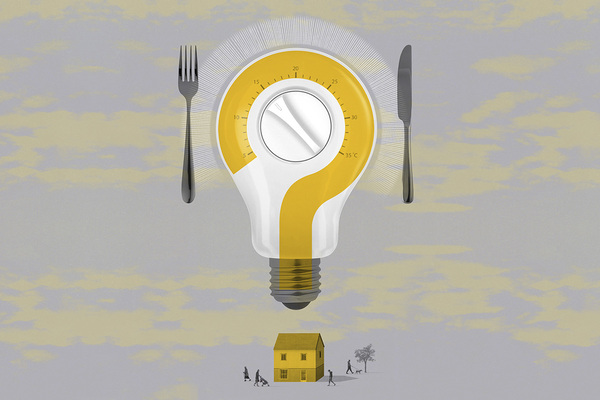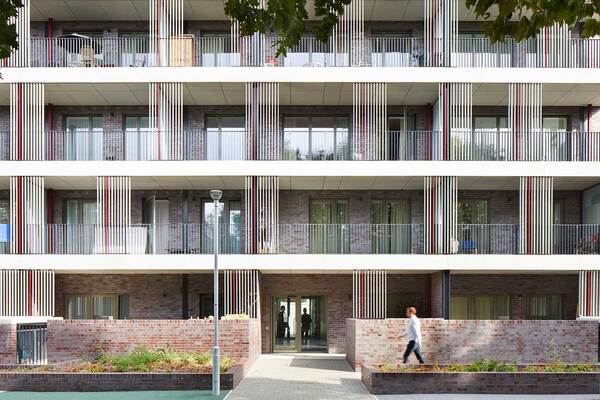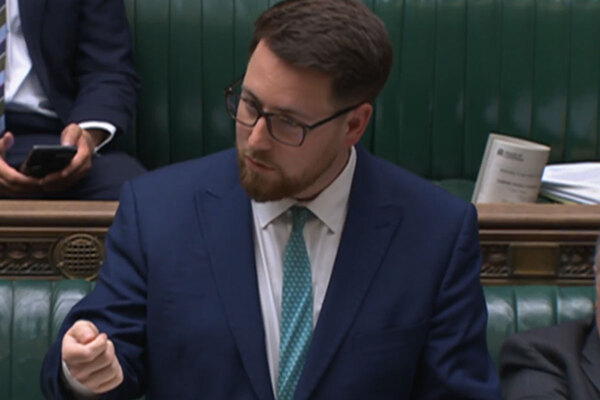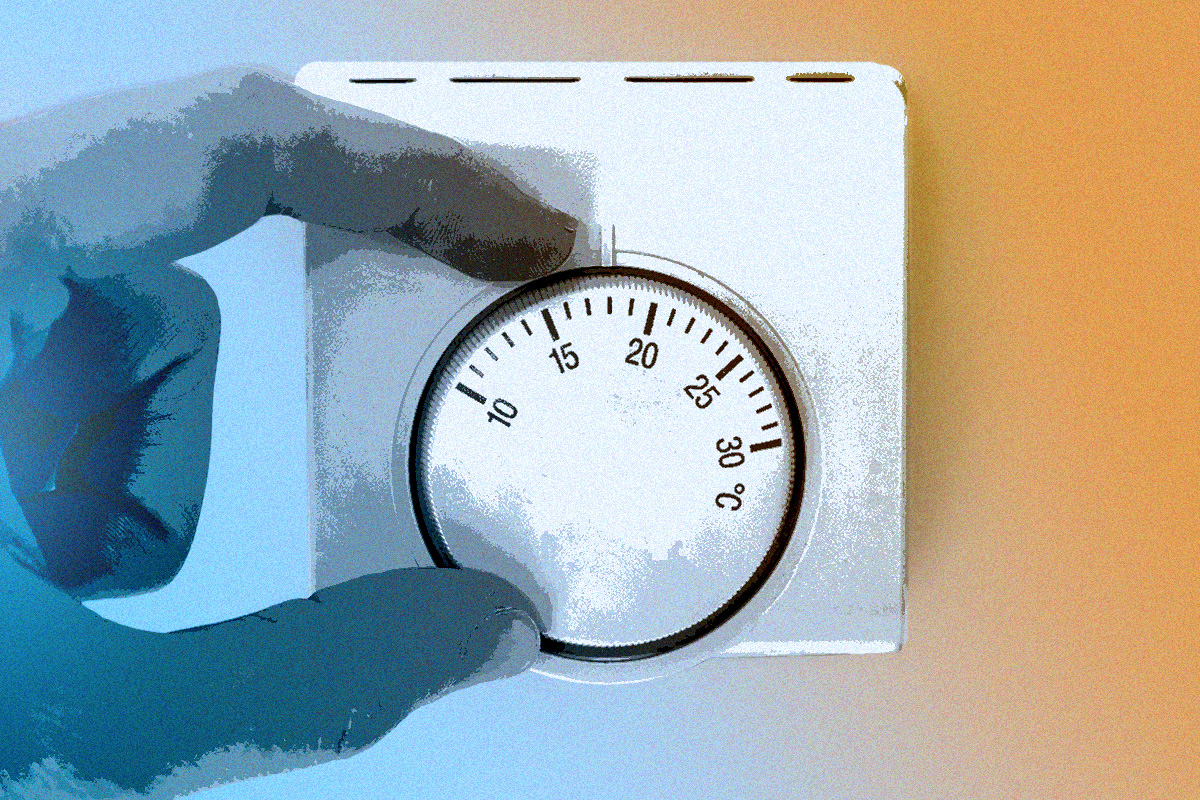What new regulations mean for social landlords with heat networks and district heating systems
Changes to the Heat Network Regulations aim to make billing fair and lead to more efficient energy consumption. But what does this mean for landlords? Anthony Coates-Smith of Insite Energy has the answers
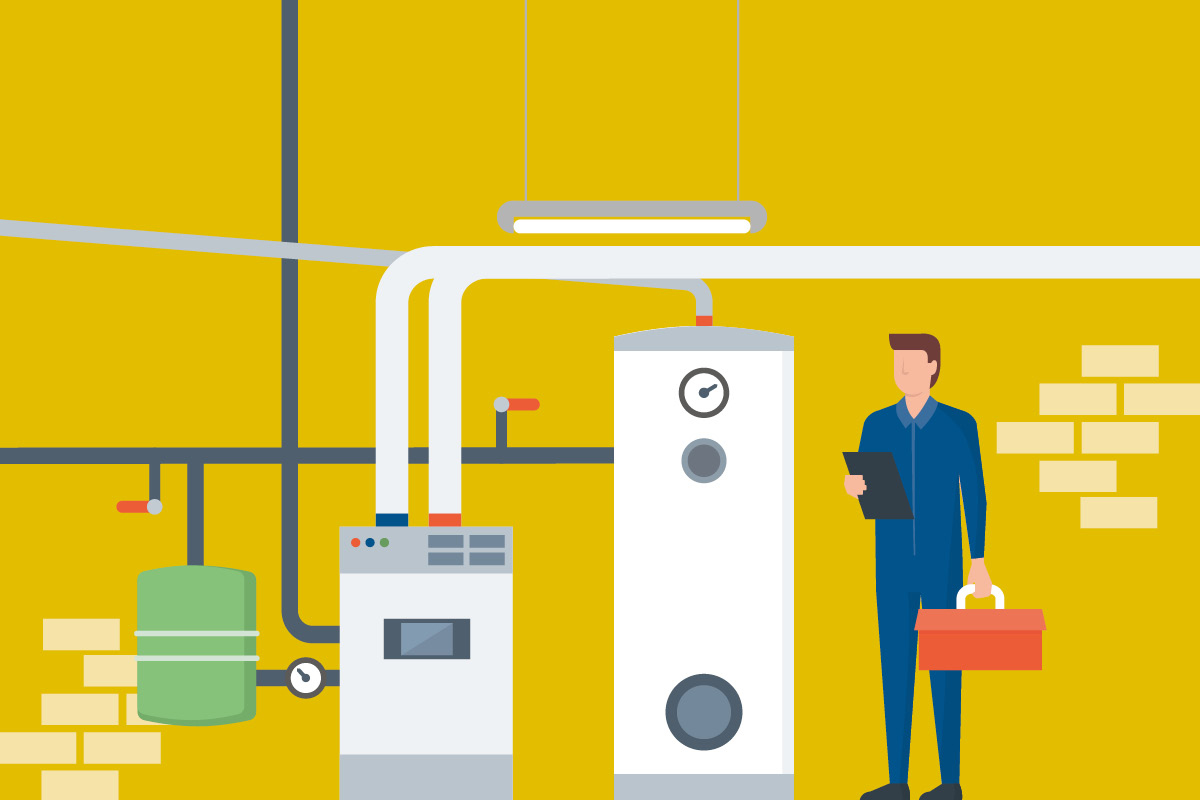
In association with:

The installation of customer utility meters has been mandatory since 2014. Last year the legislation was amended and all updates must be achieved by November. In practical terms, what does this mean for the sector in the next six months?
The most pressing impact of the amended Heat Network Regulations on housing associations and other landlords is that they must complete a process of classification for their buildings. This means, if their buildings are on heat networks, they need to be defined into one of three groups (viable, open or exempt) by November this year, which is only six months away.
It’s estimated there are 84,000 dwellings that, post classification, are potentially going to require some further action to ensure their metering complies with the legislation and requirements.
This is likely to require further cost and feasibility assessments for some and could lead to the installation of heat meters or heat cost allocators in a number of others, which is a fairly invasive and significant retrofit exercise. After that there will be an ongoing requirement to meter and bill those properties once the actual equipment has been put in.
How will good customer service factor into these changes?
Initially we have to get access to a resident’s home in order to carry out the installation of the metering system, so we will need to communicate the legislative requirement in a way that people can understand and accept. Housing associations are often criticised by their tenants for lack of communication and a lack of understanding over what their requirements are. But if an association has been told that it has to do this, it’s not their fault – it’s legislation. So, a good educational piece at the front goes a long way to diffusing customer criticism (in this case the tenant) of the association for simply doing what it must do.
Once you’ve communicated the information, you have to deliver on your promises. So, how you deal with the legislation, how you deal with tenants, what you expect back from them and what they can expect from you is really critical.
Further down the line, with increased metering comes direct billing from use and tenants who are not used to paying for their heat on a kilowatt per hour basis are going to have a lot of questions.
So customer service from a housing association point of view will be key.
What do you see as some of the main challenges today in delivering good customer service within the heat network setting?
The same challenges top the list every time. The first is making sure residents understand the actual difference between a heat network and other forms of utility supply in a domestic home. For example, a heat network is not necessarily something a housing association will have chosen – it may have been a planning requirement as part of a carbon reduction strategy.
The second challenge is understanding your heat network and ensuring it is behaving and performing to the best it can so you’re doing the best by your customer. That will require more maintenance and operation activities behind the scenes. Housing associations will want to make sure they’re maintaining the kit and that they’re using contractors who understand how to operate it and that they’re actually calculating the efficiency of the heat network in order to take action to correct it if it stands out as being unusually low.
The third challenge is around getting the right service provider. Currently, hardly any housing associations look after their metering and billing in-house. Instead, they will outsource to one of the known market operators like Insite, Switch2 or Vital Energi. So, housing associations are reliant on that supplier, since it’s their customer service that residents are experiencing.
So, the challenge is having the right company who can deliver the service levels that you expect for your residents and to do through the due diligence of selecting that supplier and also to review it regularly.
What makes a good customer experience?
When I read our Trustpilot reviews, the thing that comes across most frequently is the element of surprise. People working in utilities in the UK don’t expect customers to leave positive reviews right now, so if you surprise them with a great experience, that is a win.
For me, to create that surprise, you need to ensure ease of contact. If your customer picks up the phone to contact their utility provider and gets through in less than a minute, I think they’re initially quite surprised.
Multichannel contact centres are also absolutely critical, whether its email, phone, text or web chat. Then whichever of those channels you make available, back it up with a good, quick service. That means good training for the person they get through to, where they talk to customers honestly, clearly and like humans – showing them that they are genuinely valued.
In numbers
84k: Homes that will potentially need action to ensure their metering complies with the new rules
3: Categories in which heat networks must be defined by in six months’ time
How is technology improving customer service across the heat network sector?
Technology has been stifled to a degree within the regulated utilities sector. But within the heat network sector, because of the lack of regulation, companies have had a competitive advantage to come up with technology that sets them out in the market.
In terms of how this is benefiting customer service, for me this is about access to data. If we’re going to start billing consumers based on their heat use, to try and drive a change of behaviour that benefits the reduced carbon economy, then you’ve got to give consumers evidence and data so that they understand how they are behaving and how it impacts them in their wallet or in their carbon output.
We’ve invested in a low-cost app, Kurve, that has replaced existing hardware. What we’ve seen in the past two years is a movement towards digital services.
So digital technology is improving metering and billing; reducing CapEx (money spent on physical assets), OpEx (the amount that is spent to achieve the project), and RepEx (the calculation of replacing the asset once it has reached the end of its natural life).
Digital technology, by and large, means an app – and that means its replacement doesn’t require you to go knocking on the door or to get access. So, the low-cost digital technology moves metering and billing into the digital age, reducing cost and giving us better access to data, which is what most customers now expect.
How can housing associations gauge whether a service provider is delivering genuinely good customer service?
There are a number of different ways and that’ll depend on the housing association because they’ll have different budgets and resources available to them. But, fundamentally, it isn’t that difficult – look for independent validation.
Hearing from the tenants directly is the best way to gauge genuinely good customer service. If you find that hard to get, then you can do some mystery shopper work yourself.
Sign up for our daily newsletter
Already have an account? Click here to manage your newsletters
